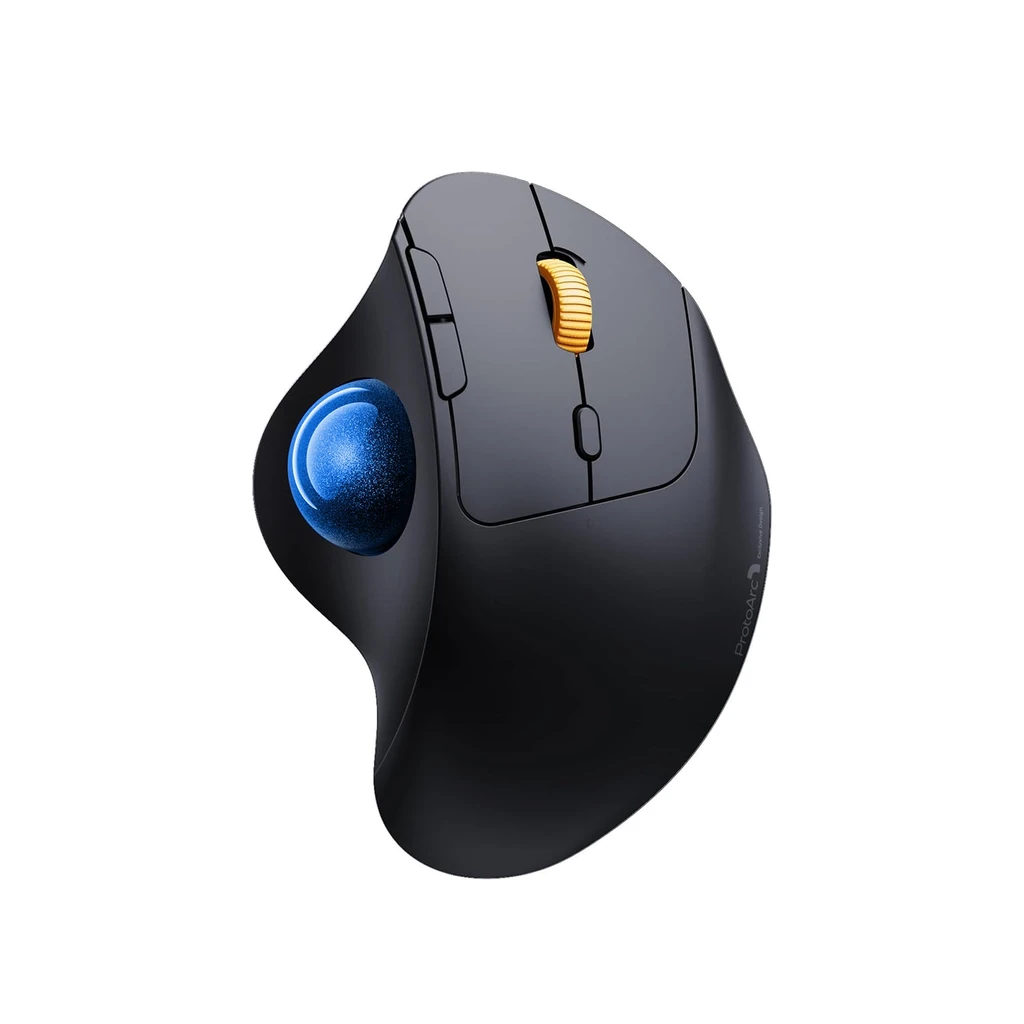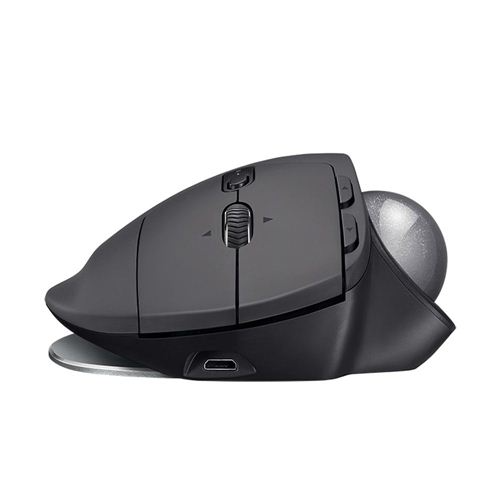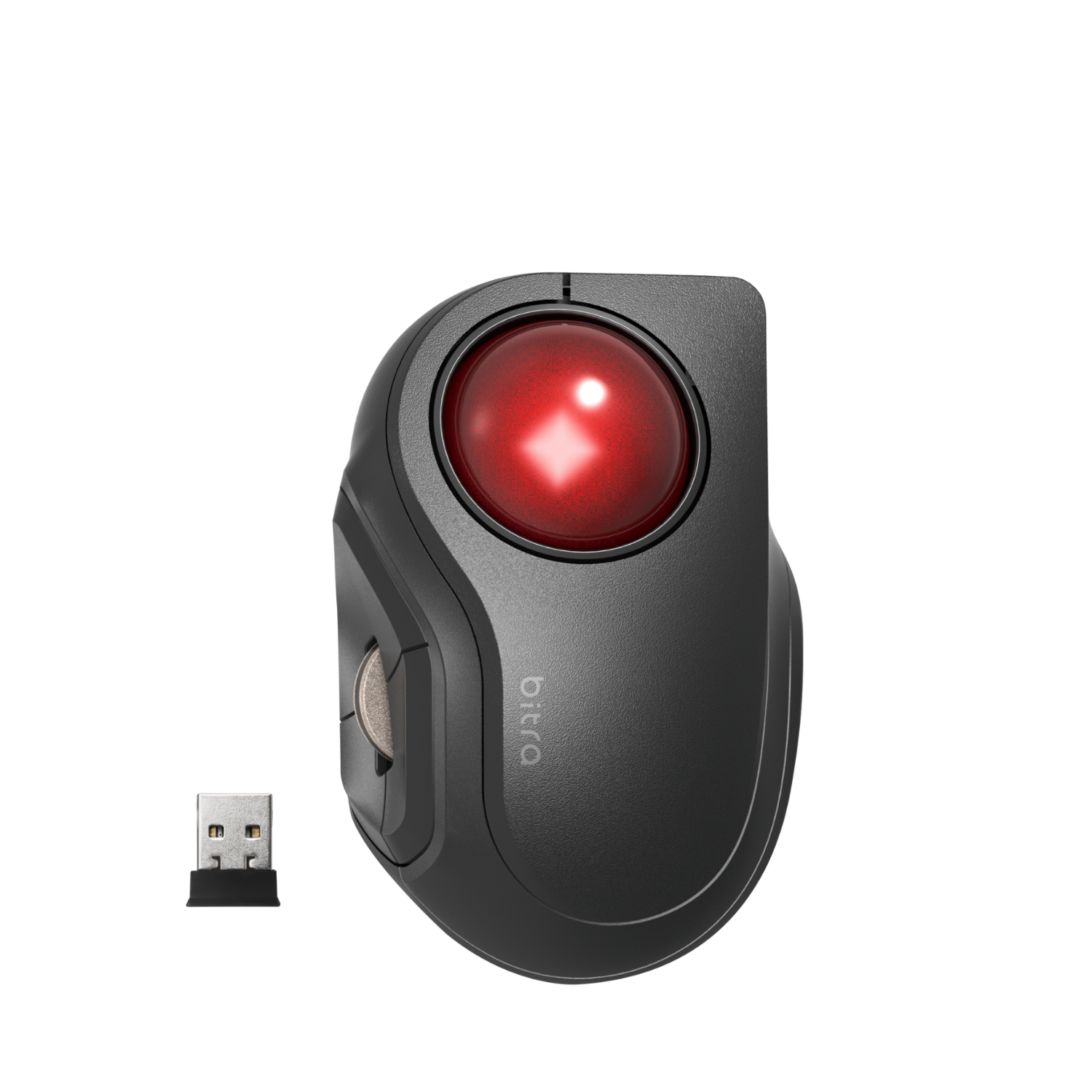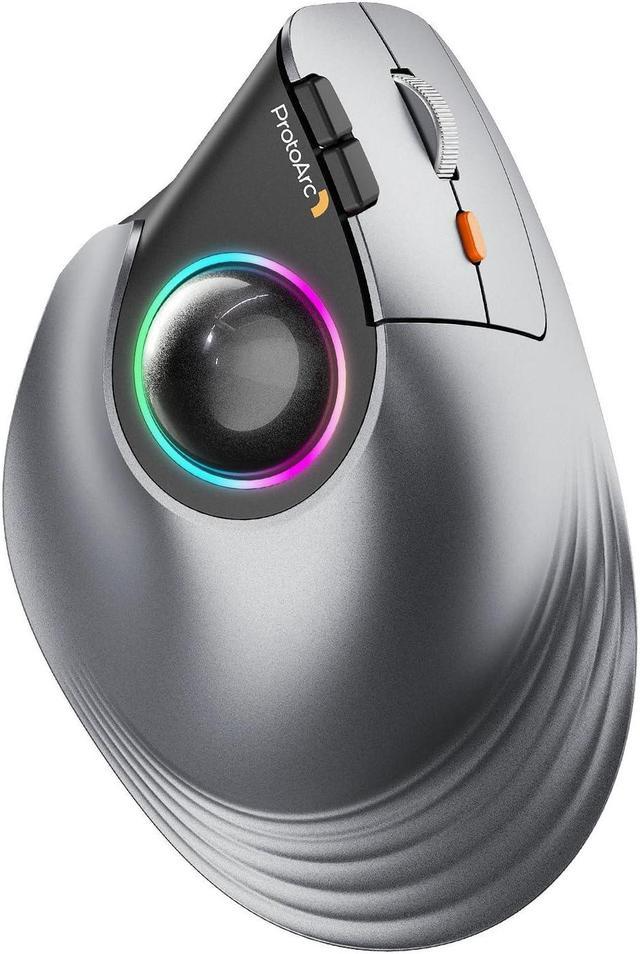Innovations in computer peripherals have significantly changed how we work and interact with digital environments. Among these innovative devices, the wireless trackball mouse stands out. Combining convenience with a unique ergonomic design, it offers several advantages over traditional mice. This article explores the history, functionality, applications, and benefits of wireless trackball mice, providing a comprehensive understanding of their relevance in both personal and professional settings.
The Evolution and History of Trackball Mice
The concept of the trackball dates back to the mid-20th century. The first trackball was developed in 1946 by Ralph Benjamin as a part of a radar plotting system. Unlike modern trackballs, this initial version used a bowling ball-sized component. Engineers reduced its size for practical use over the following decades, eventually leading to the development of the first consumer trackball devices.
In the 1980s, the popularity of personal computers brought trackball mice into more widespread use. Especially in professional environments, where precise control over cursor movement was essential, trackballs became a preferred option. Early trackball mice were wired, attached to computers via a physical connection, which limited their flexibility.
Transition to Wireless Technology
The advent of wireless technology was a game-changer for trackball mice. Users no longer tethered to their devices by cords enjoyed increased freedom of movement and convenience. Instead of relying on physical connections, wireless trackball mice used radio frequency (RF) or Bluetooth technology to communicate with computers.
Manufacturers continued to refine the wireless technology, boosting its speed and reliability. Today, modern wireless trackball mice offer seamless connectivity, ensuring an uninterrupted user experience. They come with various features catering to different user needs, from professional design work to casual web surfing.
The Design and Functionality of Wireless Trackball Mice
Wireless trackball mice come in several designs, but their fundamental operating principles remain consistent. A trackball mouse replaces the traditional mouse movement with a stationary ball. Users manipulate this ball directly to control cursor movement.
Ergonomic Design
One of the primary advantages of a trackball mouse is its ergonomic design. Traditional mice require users to move their entire hand and wrist to operate, often leading to strain or discomfort over prolonged usage. In contrast, a trackball mouse allows users to navigate by rotating the ball with their fingers. This reduces the need for extensive hand movement, which can help prevent repetitive strain injuries (RSI) and carpal tunnel syndrome.
Many wireless trackball mice feature additional ergonomic improvements, such as contoured shapes that fit the natural position of the hand. These designs target comfort, reducing muscle fatigue and increasing productivity for users who spend long hours at their computers.
Connectivity and Power
Modern wireless trackball mice employ either Bluetooth or 2.4 GHz RF technology for connectivity. Bluetooth mice typically provide a more straightforward setup process and can connect to multiple devices. In contrast, RF mice use a USB receiver, which usually offers a more stable and faster connection.
Regarding power, wireless trackball mice use batteries, either rechargeable or disposable. Rechargeable batteries tend to be more environmentally friendly and cost-effective over time. Users need to consider battery life, with some models offering several months of usage on a single charge.
Control Features
Wireless trackball mice often come with additional buttons and features that enhance usability and productivity. For instance, extra programmable buttons allow users to customize their setup to suit their specific needs, facilitating quicker access to frequently used functions. Some models also offer adjustable DPI (dots per inch) settings, allowing users to fine-tune the sensitivity and speed of the cursor movement. This is particularly beneficial for tasks requiring precise control, such as graphic design or gaming.
Applications and Practical Uses of Wireless Trackball Mice
While anyone can benefit from the advantages of a wireless trackball mouse, certain professions and tasks gain more from its features. Let’s explore the practical applications and who stands to benefit the most from this technology.
Graphic Design and Creative Work
Graphic designers and digital artists need precise control over their cursor movements. The accuracy of a trackball mouse is unparalleled, allowing minute adjustments that are perfect for intricate design tasks. Additionally, the ergonomic benefits mean designers can work for more extended periods without suffering from strain or fatigue.
Office and Administrative Work
In an office setting, where many hours are spent working on computers, a wireless trackball mouse can significantly improve comfort and productivity. Tasks like data entry, spreadsheet management, and document editing become more manageable with the enhanced ergonomic design. Users can also benefit from programmable buttons, which can be set up with shortcuts to make routine tasks faster and more efficient.
Gaming
Although gaming is often associated with traditional mice, trackballs offer some unique advantages. The precision control afforded by a trackball can be crucial in games requiring fine cursor movements. Moreover, the reduced wrist movement can help gamers play longer without discomfort. Some wireless trackball mice are even specifically designed for gaming, featuring high DPI settings and customizable buttons.
Accessibility and Mobility Impairments
For individuals with mobility impairments, a wireless trackball mouse can offer a more accessible option for computer interaction. The reduced need for extensive hand and arm movement can make computing more comfortable. Additionally, the stationary nature of the device can accommodate different mounting options, making it easier to use in various physical setups.
Remote Work Environments
The rise of remote work has highlighted the need for comfortable and efficient workstations at home. A wireless trackball mouse adds convenience because it can be used on virtually any surface. This flexibility makes it ideal for home offices, where traditional desks might not always be available.
Advantages and Limitations of Wireless Trackball Mice
While wireless trackball mice offer numerous benefits, they also have some limitations. Understanding these aspects can help users make informed decisions about whether this device meets their needs.
Advantages
- Ergonomics: The primary benefit is the ergonomic design, which helps reduce strain and prevent injuries over prolonged use.
- Precision Control: Trackballs offer high precision, crucial for tasks requiring detailed work.
- Space Efficiency: Since a trackball mouse remains stationary, it requires less desk space, making it ideal for cramped or unconventional workspaces.
- Multi-Device Connectivity: Many wireless trackball mice with Bluetooth can connect to multiple devices, providing added convenience.
- Customizable Features: Extra buttons and adjustable DPI settings enhance usability, making it easy to tailor the device to specific tasks.
Limitations
- Learning Curve: New users may face a learning curve as they get accustomed to the control mechanism, which differs from traditional mice.
- Maintenance: The trackball can collect dirt and debris, requiring regular cleaning to maintain smooth operation.
- Battery Dependency: Wireless trackball mice rely on batteries, which need to be managed and recharged or replaced, adding a layer of maintenance.
- Initial Cost: High-quality models can be more expensive than standard mice, which may deter some users.
- Limited Gaming Compatibility: While suitable for certain types of games, trackball mice may not offer the speed and responsiveness required for high-paced gaming scenarios.
The Future Prospects of Wireless Trackball Mice
As user needs evolve and technology advances, the future prospects for wireless trackball mice are promising. Innovations continue to enhance their functionality, comfort, and usability.
Technological Advancements
Future models will likely see improvements in connectivity, with even faster and more reliable wireless technologies. Battery life could extend further, reducing interruptions and enhancing user convenience. Enhanced sensitivity and precision will cater to more specialized applications, such as advanced graphic design or virtual reality.
Sustainability and Eco-Friendly Designs
Environmental concerns will likely influence future designs. Manufacturers may focus on using sustainable materials and producing longer-lasting batteries. This eco-friendly approach aligns with broader industry trends, promoting more responsible consumption of electronic devices.
Integration with Smart Devices
The growing ecosystem of smart devices opens new possibilities for wireless trackball mice. Future models could feature integration with smart home systems or virtual assistant compatibility, allowing for voice control and more seamless operation across different platforms.
Enhanced Accessibility Features
As the emphasis on inclusivity and accessibility grows, future designs will likely incorporate more features that cater to users with disabilities. This could include customizable shapes, voice-assisted controls, and easier maintenance options, ensuring that more people can benefit from the ergonomic and functional advantages of trackball mice.
Conclusion: Why Choose a Wireless Trackball Mouse?
The wireless trackball mouse represents a blend of innovation, ergonomics, and versatility. Its design addresses common issues associated with traditional mice, offering a more comfortable and efficient user experience. Despite some limitations, the benefits, particularly in terms of precision control and ergonomic comfort, make it a valuable tool for various professional and personal applications.
As technology continues to advance, we can expect future iterations of wireless trackball mice to become even more sophisticated, sustainable, and user-friendly. In summary, a wireless trackball mouse is an excellent investment for anyone looking to enhance their computing experience significantly. Whether for graphic design, office work, gaming, or accessibility needs, it offers a level of comfort and control that sets it apart from its counterparts.





